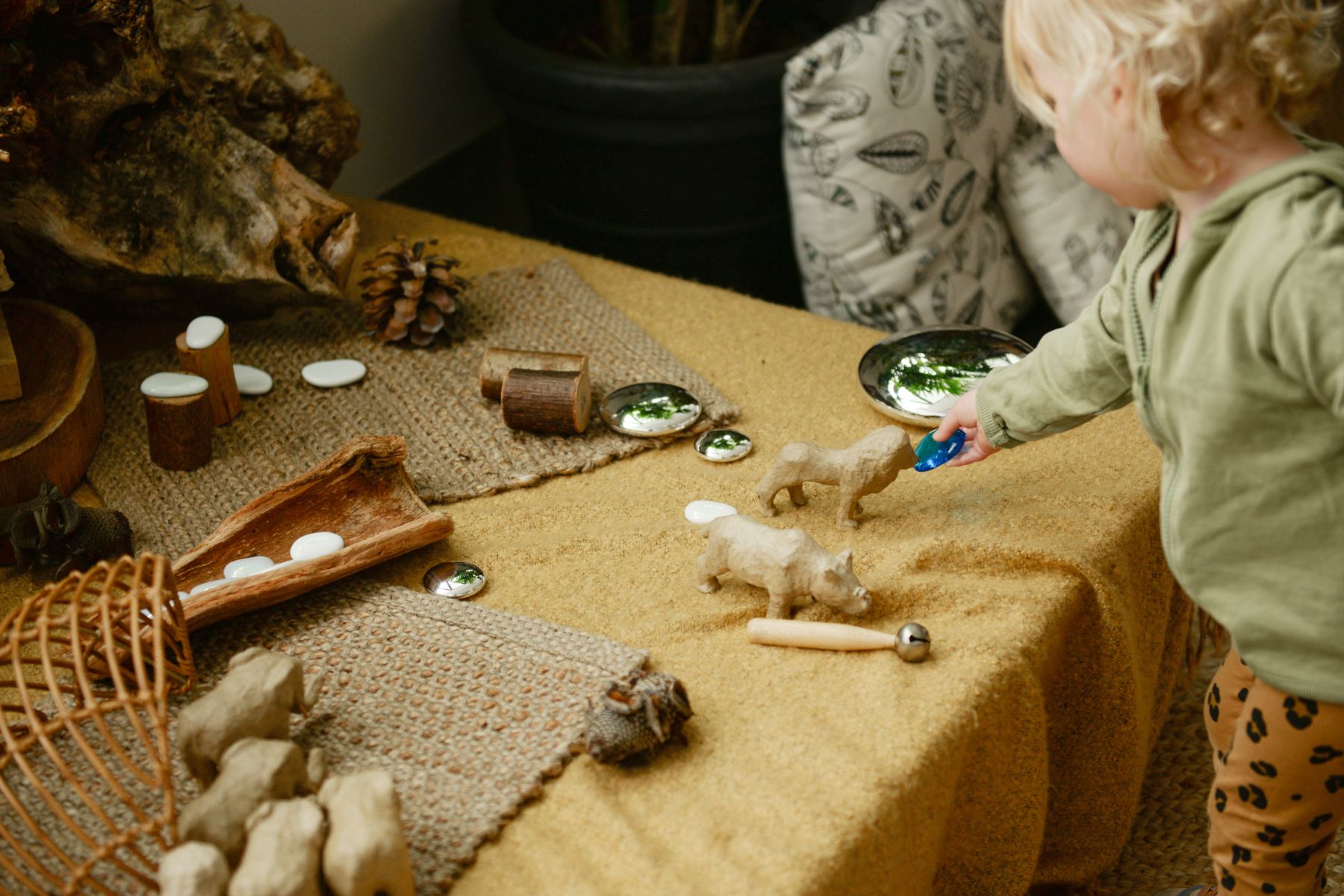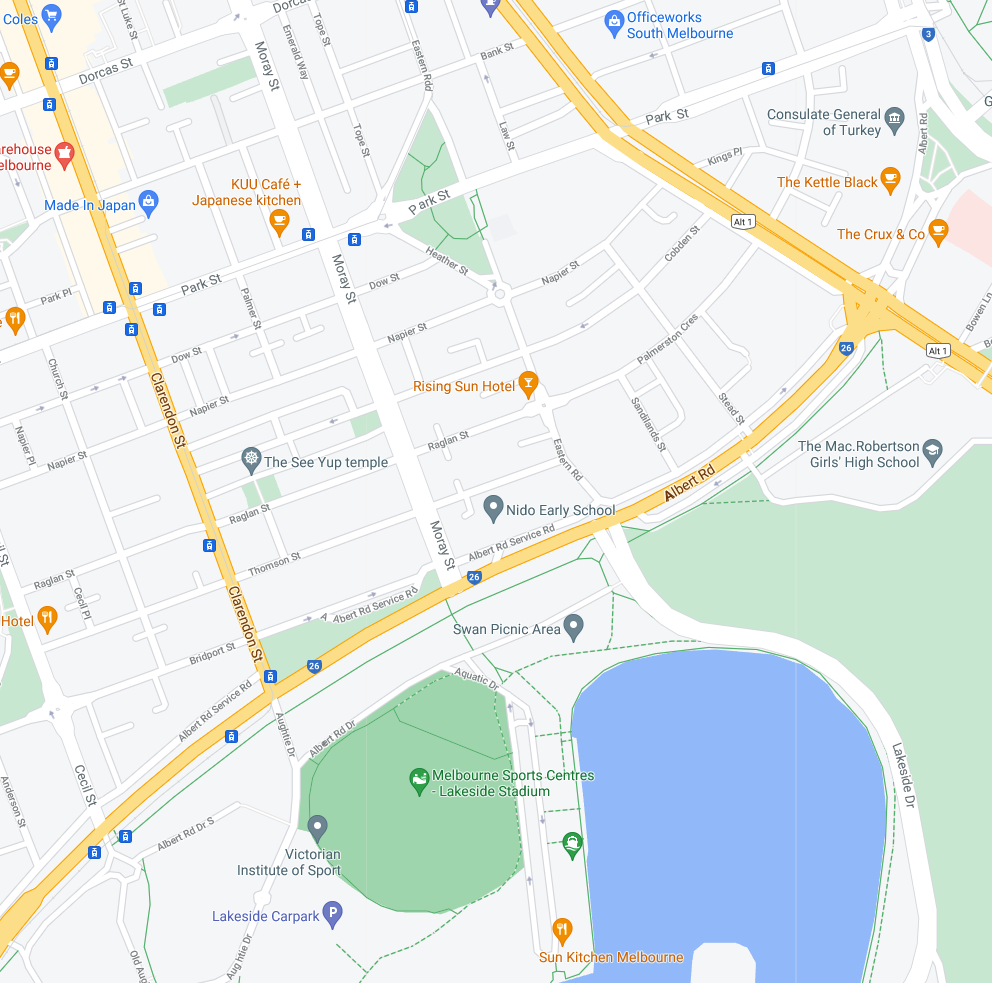
Prospective parents often ask us about our classroom set-up and how our spaces support our Reggio Emilia-inspired approach to teaching and learning.
Well, because this innovative pedagogical approach differs significantly from the traditional teaching method, our classrooms at Evoke Early Learning have a different look and feel to more mainstream environments.
The Reggio Emilia philosophy put the child firmly at the centre - and in control - of their own learning. Our children don’t learn by instruction in a group teaching environment. In Reggio-inspired schools, learning is directed by the child. That’s why our classroom layouts are carefully planned to encourage this child-directed learning by offering a diversity of options for exploration and discovery.
In this article, we discuss how to create Reggio Emilia-inspired classrooms.
How to implement the Reggio Emilia Approach in the classroom
Before we delve into the practical side of implementing the Reggio Emilia approach into physical spaces, it’s important to note that the approach doesn’t have prescribed methods or instructions that can be followed. It’s a philosophy and individual schools and educators are free to interpret and adopt its principles in any way they see fit.
That’s why no two Reggio classrooms are the same.
A central tenet of Reggio Emilia is that every child is born with an innate curiosity and creativity and so the spaces should be set up to emphasise and support this. The classroom set-up should facilitate encounters between the children themselves, between children and educators and between children and the environment (the ‘third teacher’).
Spaces should be light and airy, welcoming, nurturing, captivating and inspiring and should be filled with materials that invoke a sense of wonder. The set-up should also facilitate easy interaction between the children and the outdoors.
The Reggio way doesn’t have the whole class doing the same thing at the same time. Instead, there is a wide range of activities taking place around the classroom and outside in the playground as the children experiment, discover the world around them, solve problems and find solutions.
Layouts and colour schemes
The whole idea is to encourage children to think for themselves and follow a path of discovery on a topic that they’re interested in - rather than participate in group activities set by the teacher.
There’s no formal curriculum nor is there a hierarchical situation where the teacher is the leader and the children follow instructions. Instead, teachers are co-constructors of knowledge and they encourage, help, support and guide the children.
You’ll find Reggio classroom layouts are designed to be inviting ‘homes-from-home’, uncluttered yet engaging and stimulating. The emphasis is on natural materials and objects, with a neutral colour scheme and as much natural light as possible.
Practical ways to support the Reggio Emilia philosophy in the classroom
Teachers can set up ‘mini stations’ in a Reggio classroom where a small group of children (generally no more than four) have the opportunity to explore with different materials.
These activity tables or areas support the child’s natural curiosity and their creative responses - and can involve a variety of different types of play including sensory play, loose parts play, water play, play involving constructing, deconstructing and combining materials and so on.
Children move across different areas, participating in things that pique their own interests. Activities, objects and materials are all there to inspire connections and encourage children to express themselves in a variety of ways. (This blog reveals all about the ‘100 languages of children’ and the myriad ways they learn and grow).
All the while, children will be developing crucial skills including fine and gross motor, hand-eye co-ordination, cognitive, numeracy, literacy, emotional, social, critical thinking, problem-solving and communication skills.
Presentation of the children’s work
Documentation is a key aspect of Reggio Emilia and educators should put a strong focus on displaying the children’s efforts around the classrooms.
This visual documentation serves as an ongoing record of the children’s activities and is part of the important feedback loop between parents, caregivers, other teachers and the children themselves. It also plays a vital role in demonstrating to the children that their ideas are important and valued.
This documentation and display of each child’s work (which can be a piece of art, some writing, an aspect of an open-ended project they’re working on, literally just about anything) makes them feel appreciated. Plus it serves as an important communication channel between the parents, educators and the children.
This brings us to the important role that parents and caregivers play in Reggio Emilia.
Parental involvement
Parents are a child’s first-ever teacher and their role is valued and encouraged in Reggio-inspired schools. They’re seen as partners in the child’s educational journey.
Classrooms should be set up to be welcoming for both parent and child and should encourage open communications and the sharing of information.
Discover more about the Reggio Emilia Approach in the Classroom
We encourage you to book a tour of one of our Evoke Early Learning childcare centres in Clayton or Albert Park. to experience our Reggio Emilia-inspired classrooms in action. Our spaces have been carefully designed to be welcoming, authentic, culturally representative of our communities and are purposefully resourced to support each child’s unique interests and personality.
The layout of our environments promotes relationships and encourages open communication, collaboration and exploration through play with a particular emphasis on the natural world.
We welcome you to book a tour of one of our centres or get in touch.

Tracey is a highly qualified educator and administrator and brings a strong combination of academic achievement, extensive work experience in the education and business sectors as well as drive and passion to her role as General Manager of Operations at Evoke Early Learning.
Tracey has a Master of Education and an Advanced Diploma of Business and holds VIT Dual Registration to teach in Early Childhood and Primary School settings. She’s also a VIT Trained Mentor Teacher and has worked in ECEC settings as a Director, Educational Leader and as a Victorian Senior Area manager. Her recognition as a state finalist in the recent Director of the Year Awards is testament to her achievements in the early education sector.
Her extensive work experience also included a stint as Head of Curriculum at the Royal Children’s Hospital Education Institute and positions as head of ICT at a number of large primary and secondary schools. Tracey is also experienced in not-for-profit sessional kindergarten settings and long daycare environments, so she has a deep understanding of what’s required to support the needs and expectations of young children, educators, parents and caregivers.
Tracey is responsible for operational management at Evoke Early Learning’s Clayton centre in Oakleigh East and their Albert Park centre in South Melbourne and is deeply committed to leading and driving effective and sustainable service delivery throughout the company.
Tracey is passionate about making a meaningful difference to young children, their parents and the wider community and under her expert guidance, Evoke Early Learning is continuing to raise the bar in quality early education and childcare.


